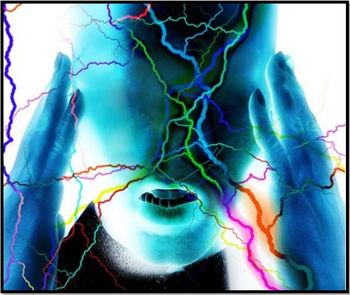
AHS: Patient Self-Diagnosis of Impending Migraine on the Mark
LOS ANGELES - Patients can sense a migraine coming on even before it strikes, and they are almost always on target, even if the diagnostic symptoms they use differ from clinicians' criteria, researchers said here.
LOS ANGELES, June 29 - Patients can sense a migraine coming on before it settles in, and they are almost always right on target, even if the diagnostic symptoms they use differ from clinicians' criteria, researchers said here.
So suggested a prospective, observational study that included 185 adults with physician-diagnosed migraine with or without aura from two to eight times a month but on no more than 15 days a month. All participants could use oral triptan medication for acute symptoms.
Patients recorded the onset of headache and the time of peak migraine pain in an electronic diary every day for 30 consecutive days, said Daisy S. Ng-Mak, Ph.D, of Merck in West Point, Pa., in a poster session at the American Headache Society meeting. Of 1,197 total headache episodes self-reported, 970 progressed to migraine.
Patients correctly predicted that the episode would progress to migraine for 880 that were later self-diagnosed as migraine during the peak of the episode, she said. They correctly identified that the episode would not progress for 219. A total of 90 were not recognized at the outset while only eight were predicted as migraine but turned out not to be.
Therefore, self-diagnosis at onset had a sensitivity of 91% and a specificity of 97%.
Education level, gender and oral triptan use were not significantly different between the patients that incorrectly diagnosed a migraine episode and those who correctly diagnosed their migraine episodes. However, incorrectly diagnosed episodes were more likely to have been in patients who suffer from tension headaches (76.5% versus 56.5%) or have started out as a mild (17.4% versus 37.1%) or severe headache (3.1% versus 13.8%).
Factors patients used to correctly make the migraine diagnosis at onset of the headache were sensitivity to light or noise or both, nausea, visual disturbance and loss of appetite, which were all significantly more likely to be present in a correctly diagnosed episode.
"One of the most difficult decisions is whether the headache is going to become a migraine," commented Roger Cady, M.D., director of the Headache Care Center in Springfield, Mo. "People really do know…you can trust your patients."
Dr. Cady said patient education in identifying a migraine early may enable patients to make the decision on whether to take so-called abortive medications like triptans that can reduce the severity or prevent progression to migraine.
Clinicians should validate patients' self-diagnosis capabilities so they feel confident in not delaying medication until the migraine is harder to treat, he said.
This study was sponsored by Merck.
Newsletter
Enhance your clinical practice with the Patient Care newsletter, offering the latest evidence-based guidelines, diagnostic insights, and treatment strategies for primary care physicians.

















































































































































































































































































